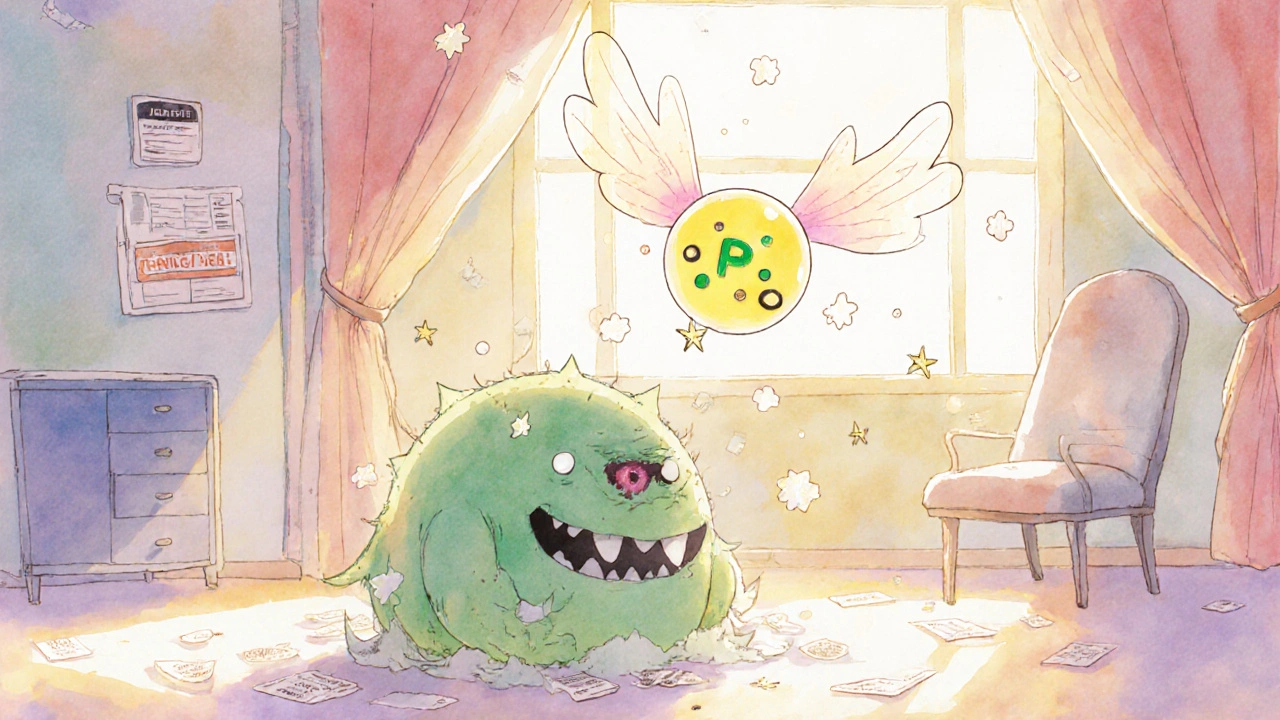Antibiotic Resistance: Why It's Growing and What You Can Do
When antibiotic resistance, the ability of bacteria to survive drugs designed to kill them. Also known as antimicrobial resistance, it’s one of the biggest health threats we face today. Every time you take an antibiotic when you don’t need it, or don’t finish the full course, you’re helping bacteria learn how to fight back. These survivors multiply, passing on their defenses. Soon, the drugs that once saved lives stop working—and that’s how superbugs are born.
This isn’t science fiction. Hospitals now see infections that no antibiotic can touch. A simple cut can turn dangerous. A urinary tract infection can become deadly. The superbugs, bacteria that resist multiple drugs aren’t rare anymore—they’re everywhere. And they’re not just a problem for the sick. Healthy people can carry them without symptoms, spreading them to others. Even antibiotic misuse, taking antibiotics for viruses like colds or flu fuels this crisis. Doctors can’t fix what patients don’t understand. And patients can’t protect themselves if they don’t know how.
Antibiotics don’t cure viruses. They don’t help with most sore throats, coughs, or runny noses. Yet, pressure to get a prescription is high. Some people think if a pill is strong, it must work faster. But pushing antibiotics when they’re useless doesn’t speed up recovery—it just builds stronger germs. The same goes for farms and food production, where antibiotics are often given to animals to make them grow faster, not to treat illness. Those resistant bacteria can end up on your plate, in your water, in your home.
So what can you do? Don’t ask for antibiotics unless your doctor says you need them. If you’re prescribed them, take every pill, even if you feel better. Never share them. Never save leftovers for next time. Talk to your doctor about alternatives. And if you’re worried about a recurring infection, ask: could this be resistant? Simple steps like handwashing and staying up to date on vaccines also help stop the spread.
The posts below dig into real cases, hidden risks, and overlooked connections. You’ll find stories of drug interactions that made infections worse, how everyday medications can quietly weaken your defenses, and why some treatments fail not because they’re weak—but because the bugs have evolved. Some articles show how even supplements and over-the-counter pills can interfere with antibiotics. Others reveal how people mistake side effects for resistance, or how doctors struggle to choose the right drug when the old ones no longer work. This isn’t about fear. It’s about awareness. And the more you know, the better you can protect yourself, your family, and the future of medicine.
